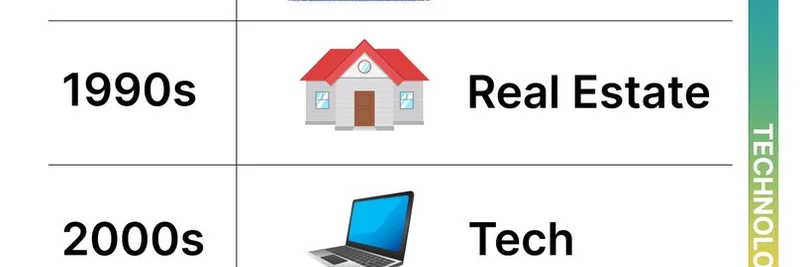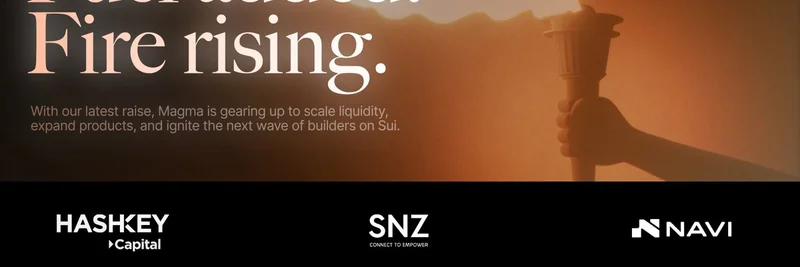Have you ever wondered how our perception of value has shifted over the decades? From the shiny allure of gold in the 1970s to the digital revolution of Bitcoin in the 2010s, and now entering the era of what some call "Pure Belief Assets" in the 2020s. This fascinating evolution is captured perfectly in a recent tweet by crypto analyst Murad (@MustStopMurad), who argues that finance and spirituality are merging into one massive multi-trillion dollar market. And guess what? No one's really talking about it yet.
Understanding the Timeline of Asset Evolution
Let's break down the graphic Murad shared. It starts in the 1970s with gold – a classic industrial asset, tangible and rooted in physical utility. Think jewelry, electronics, and that safe haven during economic turmoil.
Moving to the 1980s, stocks take center stage. These represent ownership in companies, backed by earnings, dividends, and growth potential. It's a step away from pure physicality toward belief in corporate success.
The 1990s bring real estate into the mix – homes, buildings, land. Value here comes from location, utility, and the dream of homeownership, blending practicality with emotional attachment.
Enter the 2000s with tech. Laptops symbolize the dot-com boom and beyond, where value is in innovation, software, and networks. It's less about the hardware and more about the ideas powering it.
The 2010s introduced Bitcoin, the OG cryptocurrency. No physical form, no central authority – just code and consensus. Its value? Pure belief in decentralized finance, scarcity (only 21 million ever), and its role as digital gold.
Now, in the 2020s, we're seeing "Pure Belief Assets." Represented by something like SPX6900, these are essentially memecoins or tokens driven almost entirely by community faith, narratives, and cultural resonance. No underlying utility required; it's all about the vibe, the story, and the collective conviction.
Murad's point is clear: We're transitioning from industrial (tangible, utility-based) to technological (innovative, network-based), and finally to spiritual (belief-driven, almost faith-like). The color gradient in the image – from blue (industrial) to red (spiritual) – visually reinforces this shift.
Why Pure Belief Assets Are the Next Big Thing in Crypto
In the world of meme tokens, this concept hits home. Memecoins like Dogecoin or Shiba Inu started as jokes but ballooned into billion-dollar phenomena because people believed in them. It's not about fundamentals; it's about momentum, community, and that intangible "it" factor.
Murad calls this a multi-trillion dollar market where finance meets spirituality. Imagine tokens tied to ideas, movements, or even philosophies that resonate on a deeper level. Replies to his tweet echo this excitement – folks hyping SPX6900 as the fastest asset to a trillion-dollar valuation, or promoting tokens like $Brett and $somETHing as spiritual ascensions.
For blockchain practitioners, this means opportunities beyond tech specs. It's about building narratives, fostering communities, and tapping into human psychology. As fiat currencies face their "final stages," as one reply notes, these belief-based assets could become safe havens or explosive growth vehicles.
Implications for Meme Token Investors
If you're diving into meme tokens, keep an eye on this trend. Pure Belief Assets thrive on virality, so follow influencers like Murad for early signals. Tools like DexScreener or CoinMarketCap can help track emerging tokens, but remember: belief is volatile. What soars on faith can crash on doubt.
This merger of finance and spirituality isn't just hype – it's a cultural shift. As we move deeper into the 2020s, expect more tokens that aren't just investments but badges of belonging to something bigger.
Curious for more? Check out the original tweet and join the conversation. Who knows, the next pure belief asset might be the one that changes everything.




